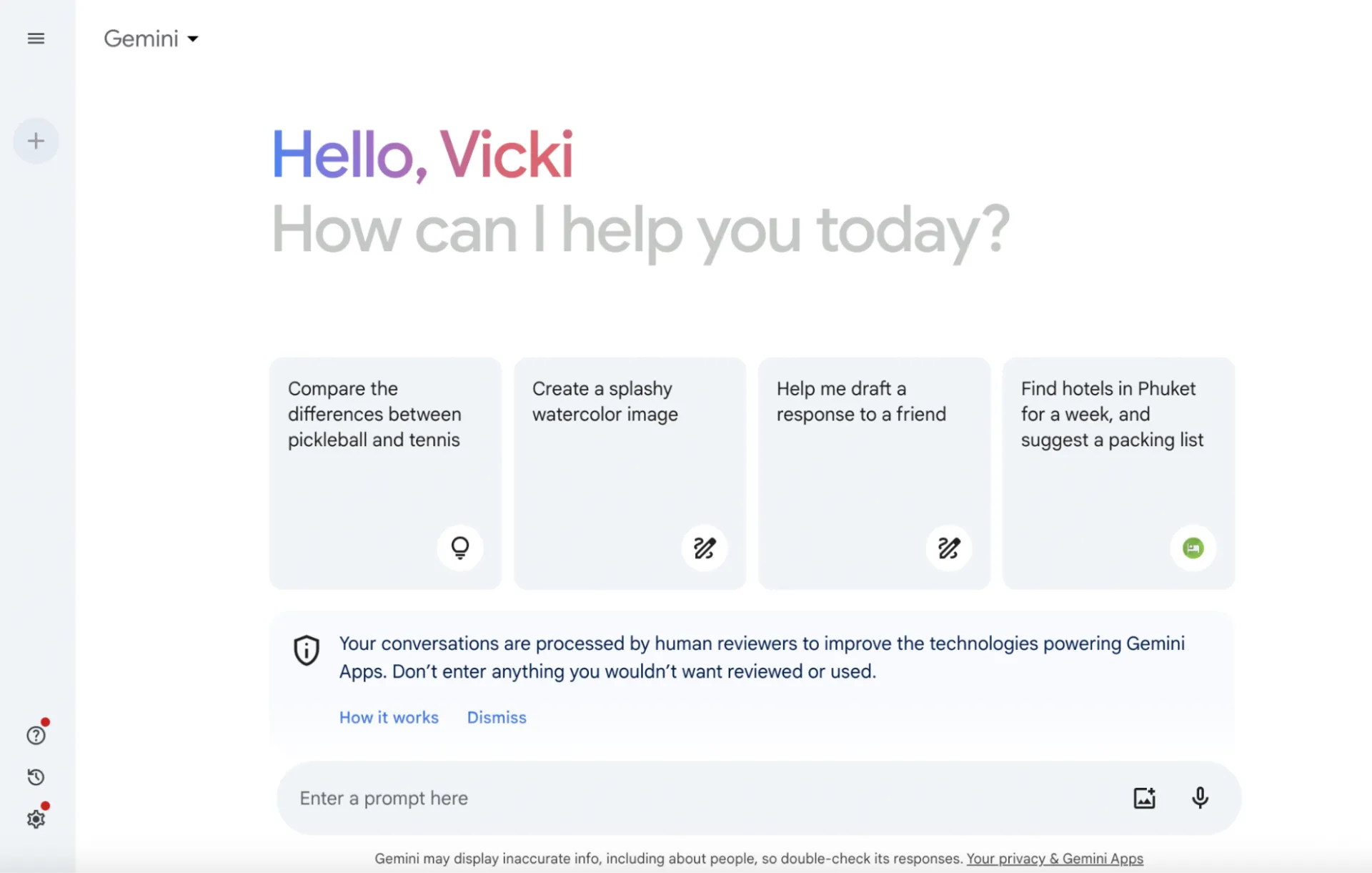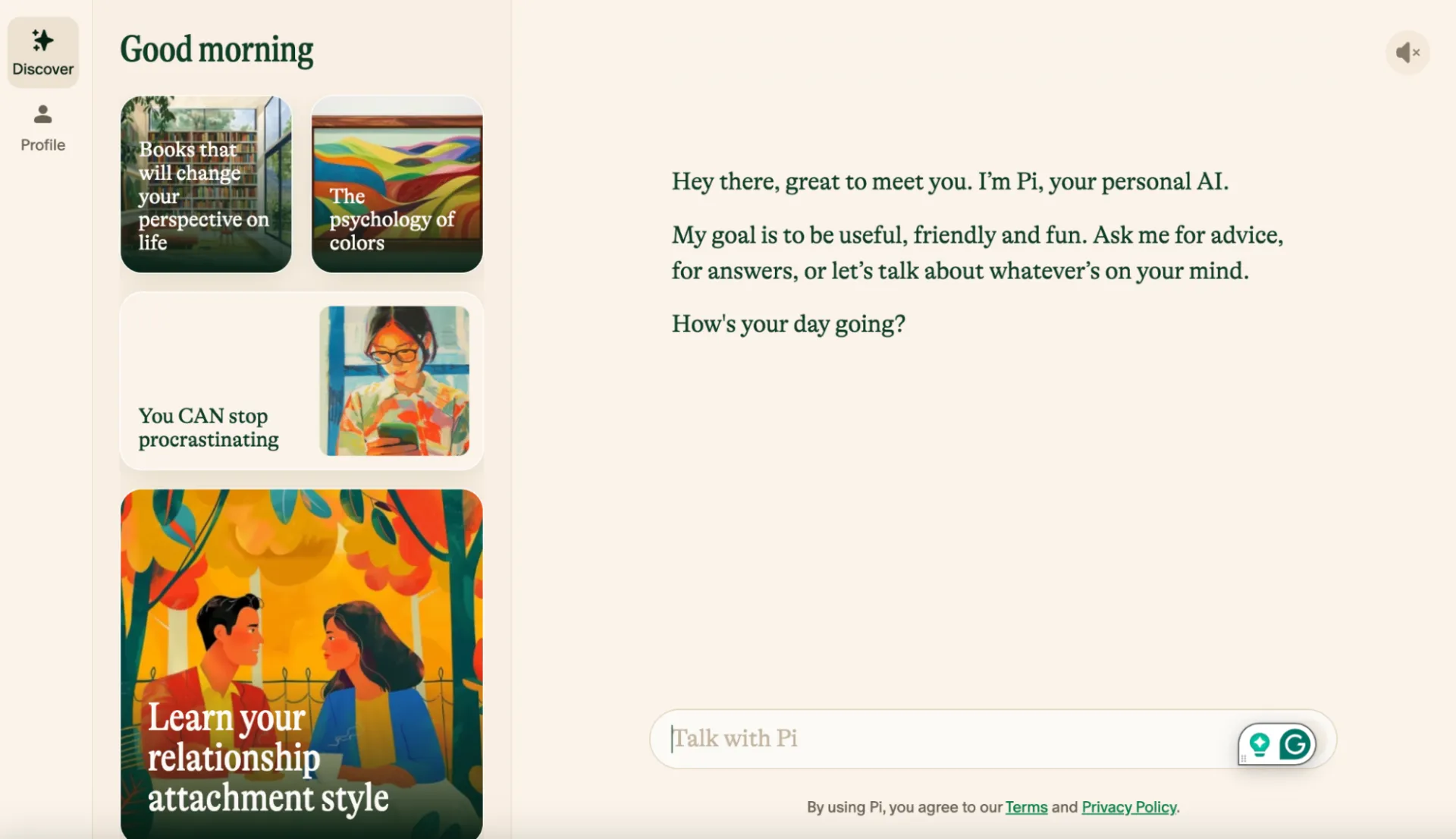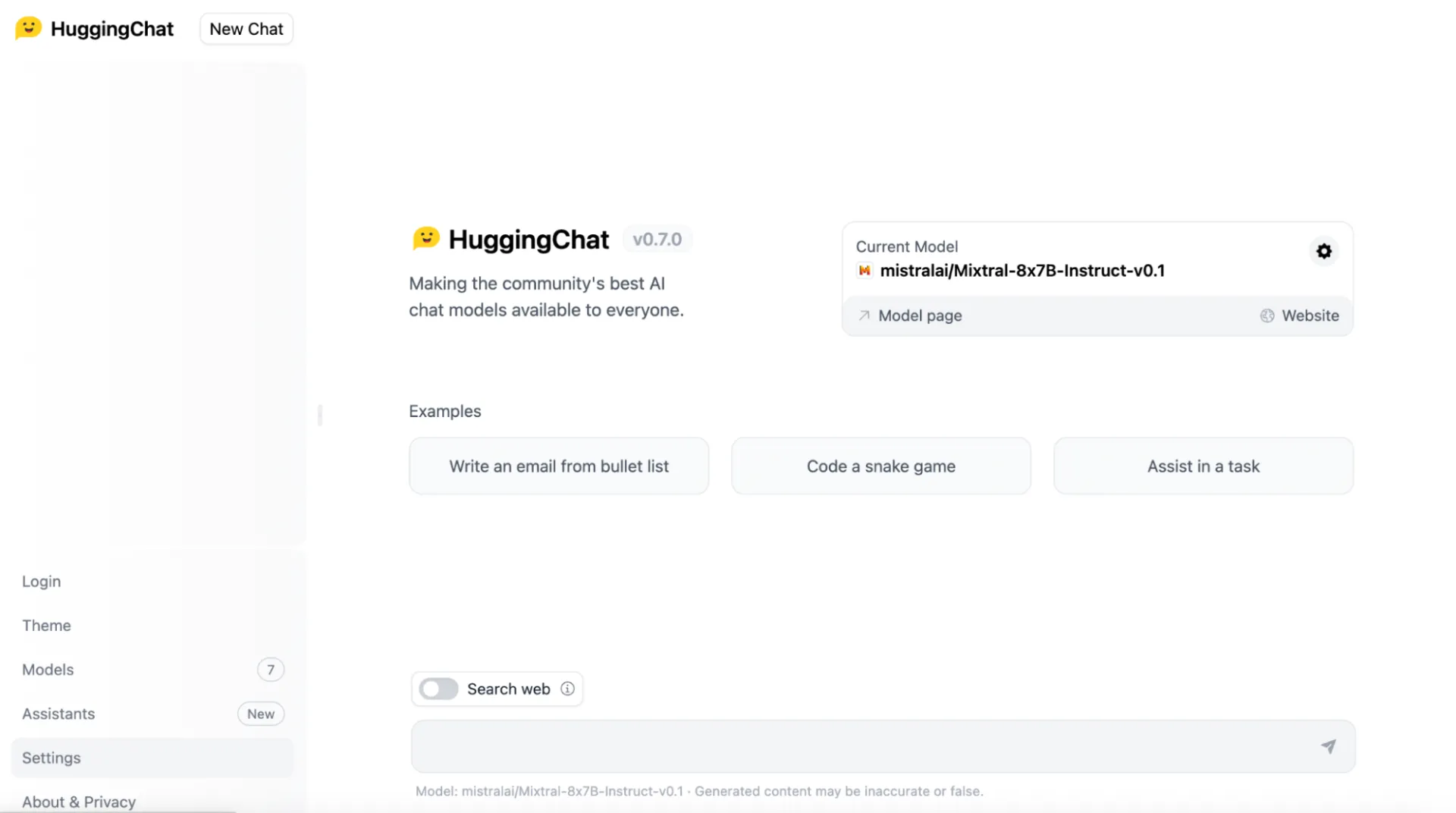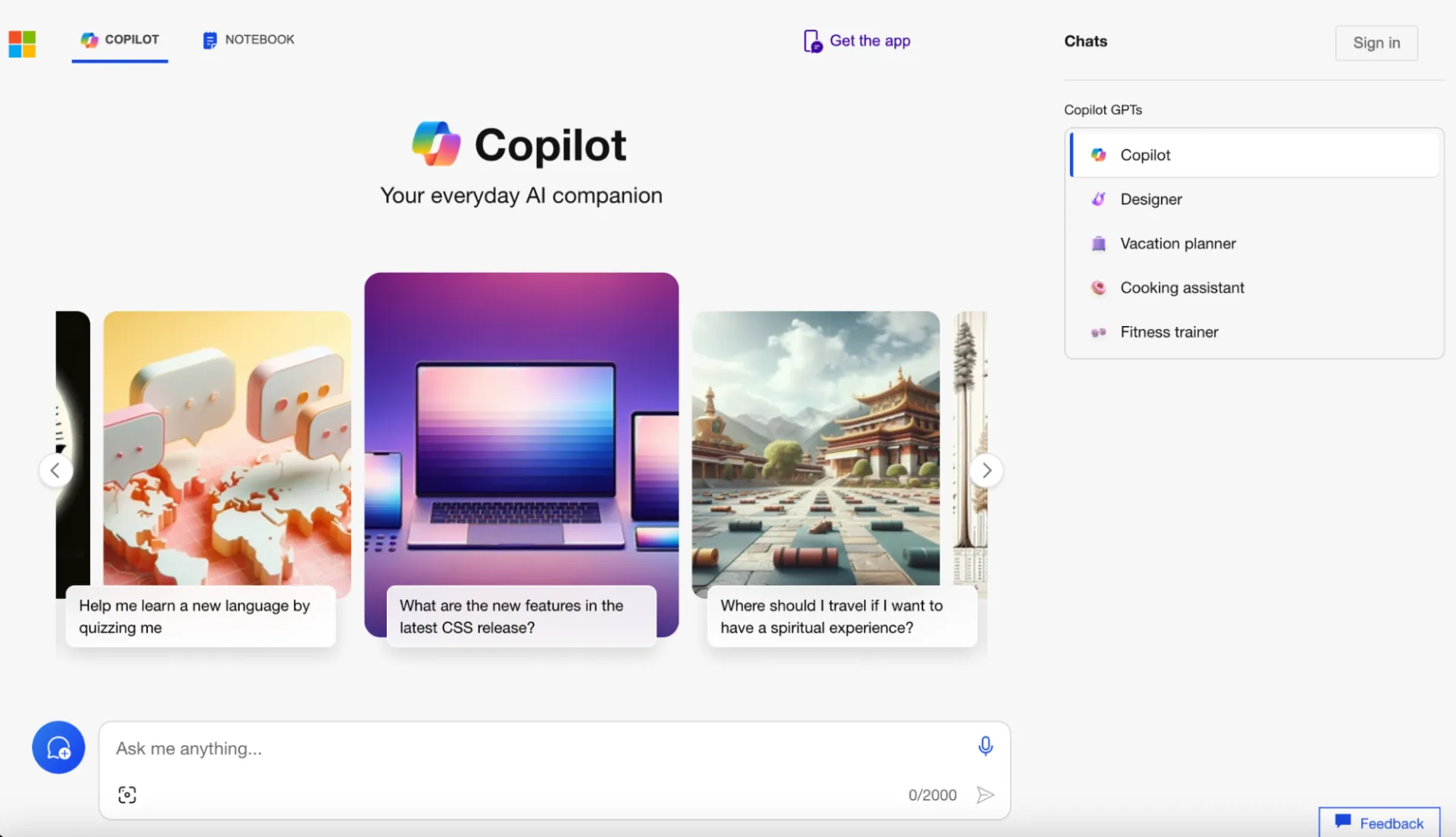There’s no doubt that AI in the workplace is only going to expand in the future. Karim Lakhani, a professor at Harvard Business School specializing in workplace technology and AI, accurately captured the essence of our time when he said, “AI is not going to replace humans, but humans with AI are going to replace humans without AI.”
ChatGPT has been at the forefront of the AI business movement, but it’s not the only tool available. The initial excitement surrounding it has since evolved into a demand for more advanced and versatile AI-driven tools that can be used across multiple teams and industries.
So, what tools can perform better than ChatGPT? This article discusses 15 of the best ChatGPT alternatives for your business.
What is ChatGPT?
We’ve all heard of ChatGPT by now, but what is it, really?
Let’s break it down.
ChatGPT is a natural language processing (NLP) chatbot that is driven by generative AI technology.
Generative AI is a type of artificial intelligence that can produce content that isn’t part of its training data. Instead, it uses deep learning algorithms to analyze large amounts of text data, patterns, and linguistic structures to generate responses that sound human.
This technology allows ChatGPT to have conversations across complex topics and provide insights that can be useful for many businesses.
What can ChatGPT do best for businesses?
A quick Google search will result in article after article about how to use ChatGPT. But for the purpose of this article, we’ve narrowed it down to ChatGPT’s top three capabilities for businesses:
Create a variety of content
Generative AI, like ChatGPT, can quickly produce different types of content, such as blog posts, social media updates, emails, reports, and ad copy. This can be a big help if you need to produce a large amount of content for a project or campaign.
ChatGPT can also adapt to different writing styles and roles, as well as produce content that aligns with your brand and needs. This means it generally keeps your content consistent in quality and tone.
Generate ideas
ChatGPT is a great brainstorming partner. Because it has instant access to a wide range of data, it can quickly generate images, ideas, or solutions that you may not have thought of before.
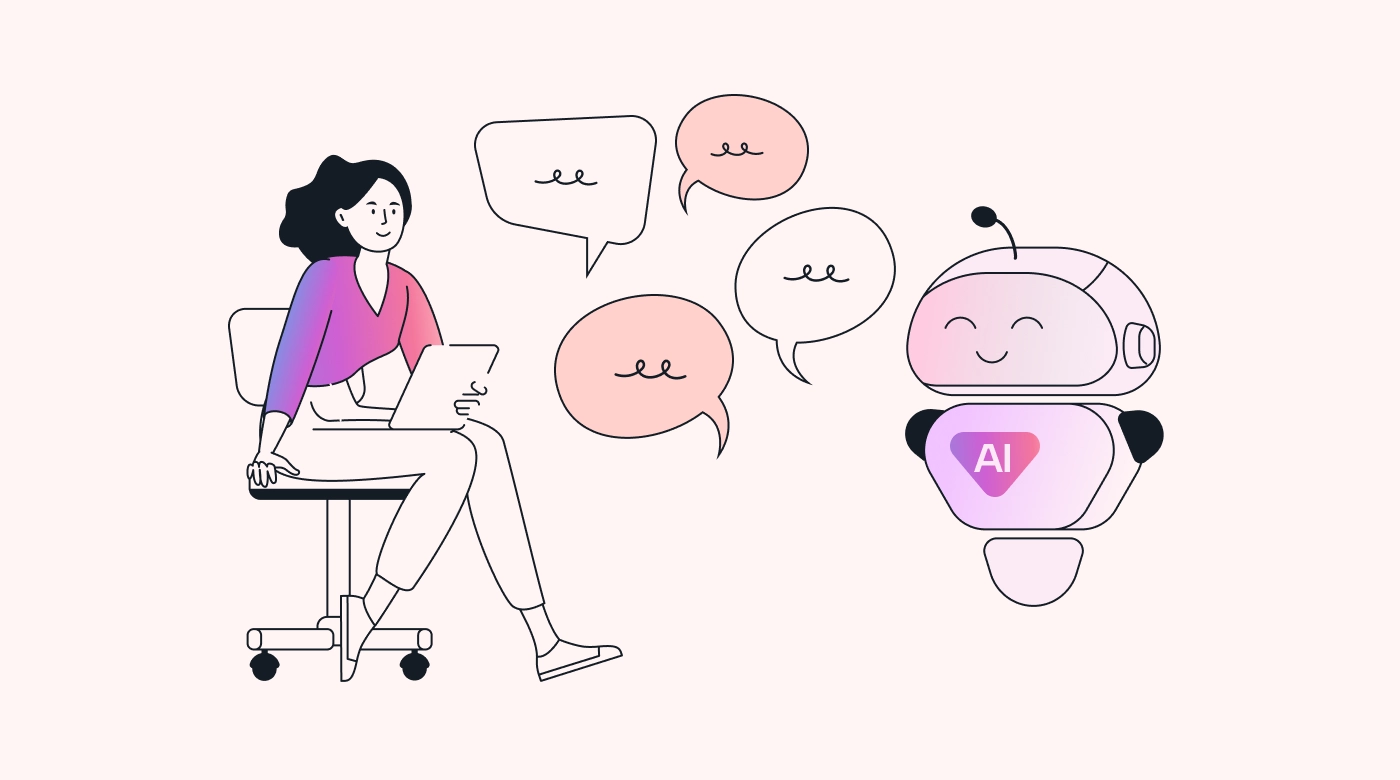 |
For example, if you're stuck creatively or struggling with a challenge, ChatGPT can look through its extensive training data to suggest fresh, innovative approaches. This makes it a useful tool for sparking creative thinking.
Research and synthesize information
Because ChatGPT can sift through a lot of data in a matter of seconds, many businesses use it to synthesize complex information and summarize it into clear and digestible content. It’s especially helpful in situations where you just need a quick overview or key points, such as when tracking industry trends, conducting market research, and performing competitor analysis.
Where does ChatGPT fall short?
While ChatGPT is one of the first pioneers in generative AI, it’s far from perfect. Here are a few issues users have discovered with it:
Inaccurate or false information
ChatGPT can sometimes generate inaccurate, misleading, or false information since its training data is static rather than updated in real time. Your responses may not be based on the latest facts or figures. This means fact-checking is recommended.
And sometimes, ChatGPT just flat-out lies. As the New York Times puts it, “As it analyzes that sea of good and bad information from across the internet, an LLM (large language model) learns to do one particular thing: guess the next word in a sequence of words.”
Essentially, ChatGPT operates like an autocomplete technology that suggests the next word based on your input and its previous outputs. So, it may be more concerned with generating plausible continuations than telling the truth.
Lack of depth
Although ChatGPT can provide general information across a wide range of topics, it often lacks depth or specific knowledge in certain industries or sectors.
You usually have to provide ChatGPT with industry-specific context and detailed, step-by-step prompts to train it to produce relevant content. This process is time-consuming and may be difficult for the average AI user.
Limited contextual understanding
The nuance in human communication, which can be interpreted from body language, tonality, and other subtleties, is another area where ChatGPT falls short.
Even though AI can understand and generate language based on the provided context or prompt, it may not fully grasp or retain the context of an ongoing interaction.
Users have also mentioned that when dealing with longer conversations, ChatGPT struggles with generating responses in a consistent brand voice or with terminology that is standard in certain industries.
Data security and privacy concerns
Cloud-based AI services like ChatGPT transmit data to external servers. This can increase cybersecurity risks since everything you input is transferred across the Internet.
What you type into ChatGPT becomes part of the chatbot’s data model, meaning it's used to train the AI. Businesses that deal with sensitive information need to be aware of the risk of inadvertently sharing confidential customer or partner information.
There have been several incidents where ChatGPT shared one user’s information and chat histories with others.
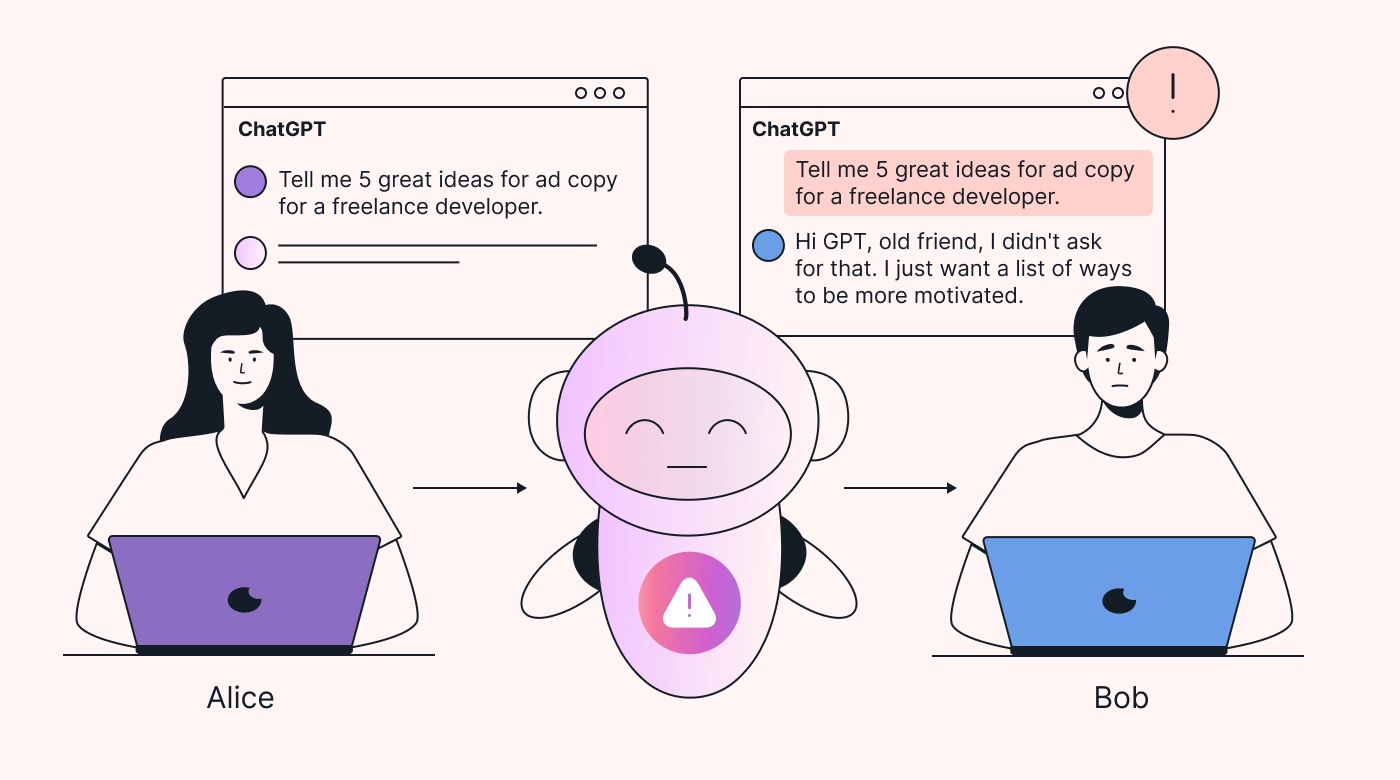 |
With all these concerns, it’s worth vetting the top alternatives on the market today. However, keep in mind: with AI, the better you are at using it, the better equipped it is to help you. So, no matter what tool you use, take the time to learn how to use it well and play around with it to see how to generate worthwhile results.
15 best ChatGPT alternatives to use for work
Since ChatGPT’s debut in 2022, many chatbot alternatives have emerged in the market. Let’s take a look at the best 15 alternatives for business use:
1. CustomGPT
Want an AI writing assistant that speaks your specific language?
As its name suggests, CustomGPT’s strong suit is customization. With it, you can fine-tune a language model on your own dataset to perform specialized tasks. This means the chatbot learns the ins and outs of your industry and produces content tailored to your needs.
However, CustomGPT may require some technical know-how and have a steeper learning curve than other user-friendly alternatives.
2. Google Bard AI (Gemini AI)
Google Bard AI, powered by Google’s most capable Gemini model, acts as a personal research assistant. Chatting to Bard is basically like doing a Google search — but instead of browsing through results, you get instant answers.
Because Google Bard AI has the power of Google search, it excels at researching diverse topics and providing answers grounded in fact. It also tends to give detailed answers right away, preventing you from needing to ask follow-up questions.
3. Bing AI
Using Microsoft’s Bing Chat, which operates on the same system as ChatGPT, is like chatting with a research assistant as they pull up the information you need.
One of Bing’s strengths is transparency. It identifies sources of information, making it a lot easier to fact-check. However, it doesn't hold onto past chats, so to get the most relevant responses, you need to provide the context again in each new conversation.
4. Jasper Chat
Jasper Chat isn’t just another chatbot — it’s part of Jasper, a powerful AI writing suite designed for content creators. Jasper Chat is great for generating high-quality content, such as full blogs, article titles, and even client proposals.
But the best part about Jasper Chat is that it remembers past conversations. This allows your chats to flow naturally.
5. Perplexity AI
Perplexity is a free ChatGPT alternative that can generate content and hold a casual conversation. It has a simple chat interface and is a great place to experiment and bounce ideas around.
However, since it’s still in its Beta phase, Perplexity sometimes just copies and pastes information, leading to potential plagiarism issues. So, if you’re working on serious projects, you might want to consider a more mature option.
6. Inflection AI Pi
If you’re struggling to churn out catchy marketing copy, then Inflection AI Pi is a solid option to consider. Pi is designed to generate marketing copy in different formats, such as social media posts, product descriptions, email campaigns, and even sales scripts, for specific audiences.
With a library full of templates to choose from, Pi streamlines your workflow and makes sure your content is always fresh and relevant. Additionally, it offers extra features that analyze your emotional tone and provides A/B testing options to optimize your content.
7. Copy.ai
Copy.ai is your one-stop shop for writing. It has a user-friendly platform packed with a variety of templates and tools to help you create different types of content.
To boost your search engine ranking, Copy.ai even offers an SEO meta description generator and a call to action (CTA) generator. Plus, you can combat writer’s block with creative writing prompts and content improvement tools.
8. Writesonic
Like other generative AI, Writesonic aims to be an all-in-one content creation platform. What sets it apart from the competition is that it caters to the e-commerce business. It also offers additional features, such as content optimization and landing page copywriting, to improve online visibility and sales.
Additionally, Writesonic integrates with popular marketing tools, like WordPress and Semrush, allowing you to manage content creation within your current marketing ecosystem.
9. Spinbot
Spinbot isn't your typical AI assistant. It's a text rewriter that helps you rephrase existing content to avoid plagiarism. It does this by replacing words with synonyms and modifying sentence structures. Note that you may need to edit the rewritten text to make sure it reads smoothly.
While Spinbot is a quick and free way to “spin” your sentences, it can’t create original content from scratch. It is, however, a handy tool for those looking for a fast and easy way to rephrase content.
10. HuggingChat
Launched only last year, HuggingChat is a part of Hugging Face, the first open-source alternative to proprietary large language models (LLMs).
What’s open source, you might ask? Imagine a giant toolbox filled with AI building blocks where anyone can access and add to the tools themselves.
HuggingChat provides endless possibilities for those comfortable with coding. Developers can customize it for their specific needs or integrate it with existing applications.
11. OpenAI Playground
Of course, OpenAI, the brains behind ChatGPT, has come up with its own alternative. OpenAI Playground is a platform that allows you to explore and play with different language models.
Because it’s primarily focused on experimentation, you can use this platform to test-drive different AI writing styles and functionalities before adding them to your workflows. This way, you can see how each language model handles prompts — and choose the best one for your needs.
12. Bloom
Bloom is another open-source language model developed by over 1,000 AI researchers. Although it’s still under development, it has a big goal: to become a powerful and versatile platform that prioritizes ethical AI practices.
This is a big win for businesses handling sensitive information because, compared to other closed-source models, Bloom aims to provide more transparency, mitigate bias, and enhance security.
13. Replika
Ever seen the movie Her? In it, a man falls in love with his AI companion.
Replika is similar in that sense. It’s an AI chatbot that provides companionship through conversation. You can even set its role as a friend, family member, or, yes, a romantic partner.
While it may not be particularly useful for business purposes, Replika is a great tool for emotional support and decompressing from work. This virtual companion learns and adapts to your preferences and interactions, making every chat more personal than the one prior.
14. CoPilot
CoPilot is not an AI chatbot but rather a code completion tool developed by GitHub and Open AI. Its purpose is to help programmers by suggesting code snippets and automating repetitive tasks.
With strong adaptation capabilities, CoPilot learns your coding style and preferences over time to provide more relevant suggestions. But since it’s a coding tool, users generally need to have a programming background to make the most of it.
15. Botsonic
Last but not least, there’s Botsonic, which lets you create custom chatbots without code. Its no-code chat interface makes it highly accessible to anyone with an idea. This helps you build a tool that aligns with your brand and specific workflows.
With Botsonic, you can customize a chatbot for customer support or sales assistance in over 25 languages. Moreover, the program integrates with WhatsApp, Telegram, and Google Chat to help streamline customer interactions.
How Motion AI helps your business
NLP isn't the only thing AI can do — it can also plan your day.
Motion’s intelligent calendar automatically builds and optimizes your schedule.
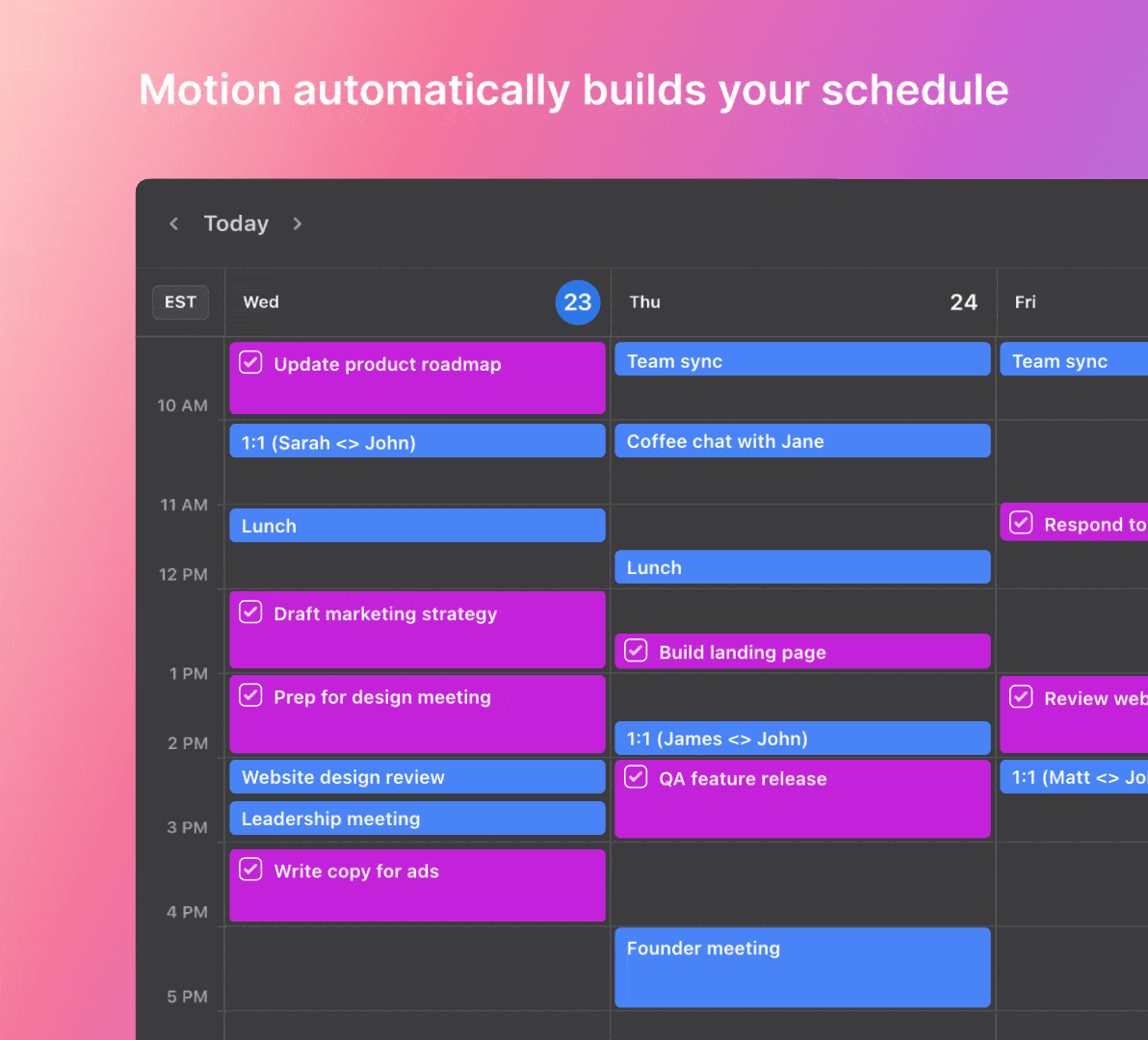 |
Acting as your AI executive assistant, we take care of tedious tasks, from scheduling to prioritizing and delegating, so that you can focus on work that really matters.
Try Motion today and experience the power of AI-powered productivity.

Vicki Chen is a content writer and marketer using proven storytelling methods to create high-quality copy and content for SaaS companies. When she's not writing, she's spending time with Taco, her rescue dog.

